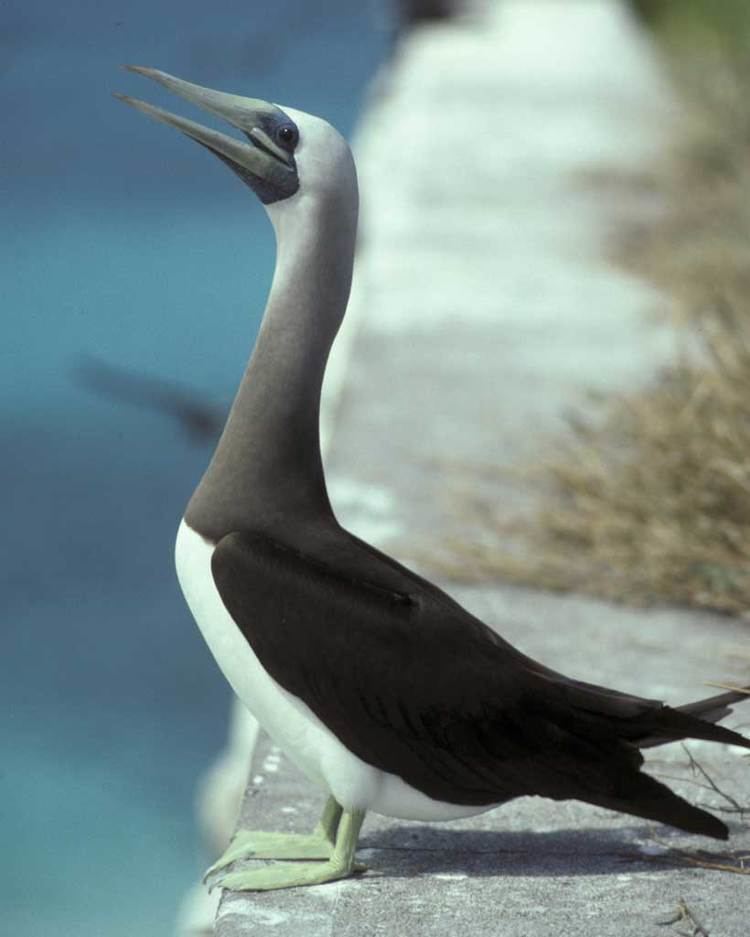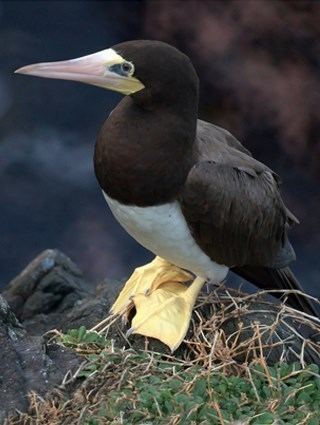Genus Sula Higher classification Booby | Phylum Chordata Scientific name Sula leucogaster Rank Species | |
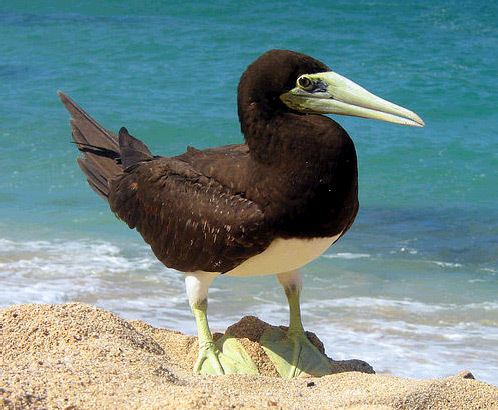 | ||
Similar | ||
Ocean lovers sea bird the brown booby
The brown booby (Sula leucogaster) is a large seabird of the booby family, Sulidae. They present sexual dimorphism. The female booby reaches about 80 centimetres (31 in) in length, its wingspan measures up to 150 cm (4.9 ft), and they can weigh up to 1,300 g (2.9 lb). The male booby reaches about 75 centimetres (30 in) in length, its wingspan measures up to 140 cm (4.6 ft), and they can weigh up to 1,000 g (2.2 lb).
Contents
- Ocean lovers sea bird the brown booby
- 1000s of birds in panama frigate blue footed booby brown booby pelican bona island
- Description
- Ecology
- Subspecies
- References
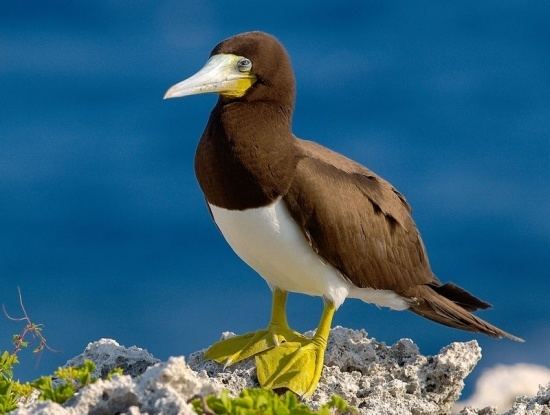
1000s of birds in panama frigate blue footed booby brown booby pelican bona island
Description
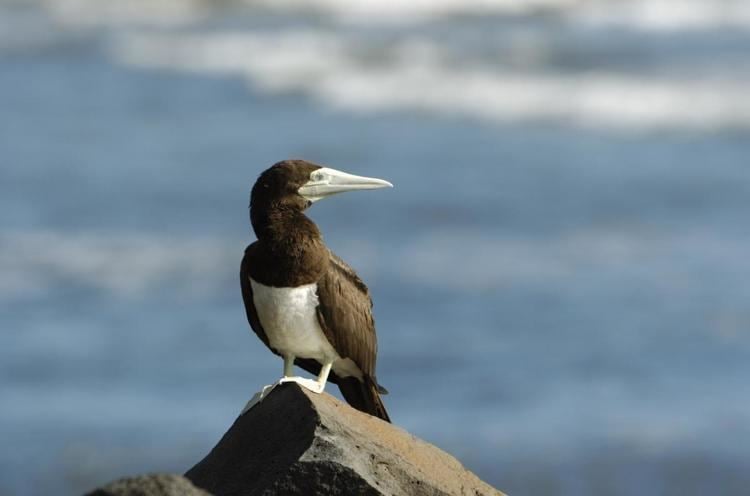
The booby's head and upper body (back) is covered in dark brown or black, with the remainder (belly) being a contrasting white. The juvenile form is gray-brown with darkening on the head, wings and tail. While these birds are typically silent, bird watchers have reported occasional sounds similar to grunting or quacking. Their beaks are quite sharp and contain many jagged edges. They have short wings and long, tapered tails.
Ecology
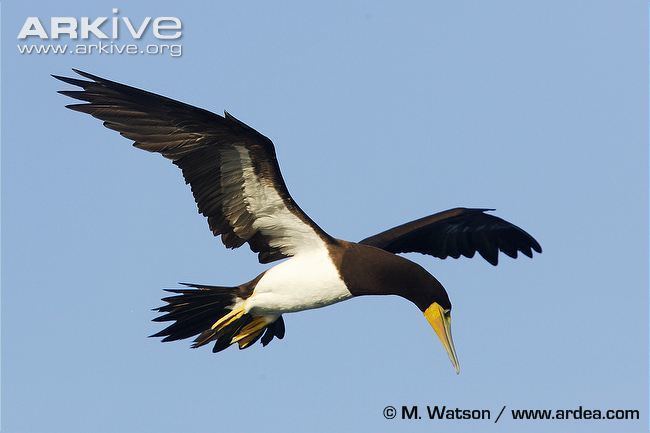
This species breeds on islands and coasts in the pan tropical areas of the Atlantic and Pacific oceans. They frequent the breeding grounds of the islands in the Gulf of Mexico and the Caribbean Sea. This bird nests in large colonies, laying two chalky blue eggs on the ground in a mound of broken shells and vegetation. It winters at sea over a wider area.
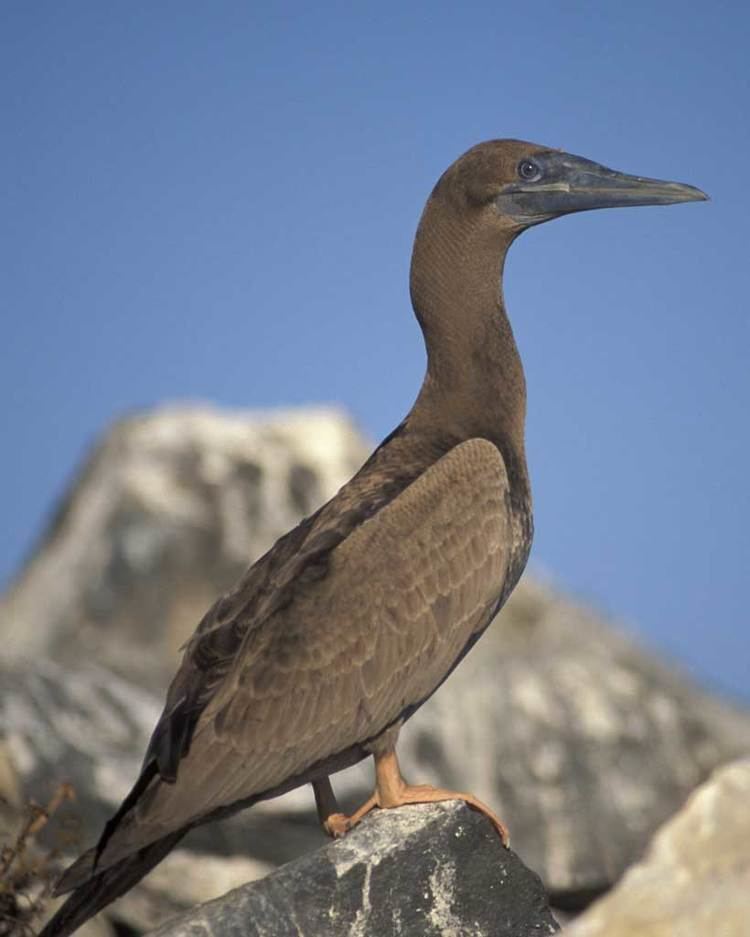
Brown booby pairs may remain together over several seasons. They perform elaborate greeting rituals, and are also spectacular divers, plunging into the ocean at high speed. They mainly eat small fish or squid which gather in groups near the surface and may catch leaping fish while skimming the surface. Although they are powerful and agile fliers, they are particularly clumsy in takeoffs and landings; they use strong winds and high perches to assist their takeoffs.
Subspecies
The four subspecies recognised are:
